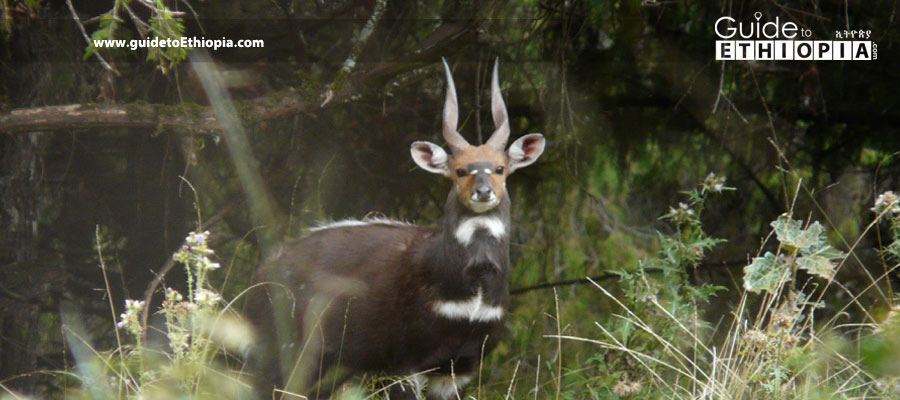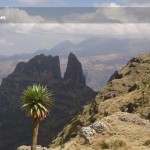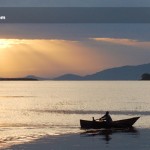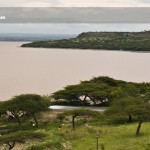The thrill of hunting dates back to the human race’s days before civilization as huntergatherers. It’s about not only being immersed in nature but also playing a part in nature’s life or death struggle. Often those memories are brought home in the form of a trophy, which will last a lifetime.
Since hunting usually ends in the destruction of an animal’s life, some people associate it with the destruction of an ecosystem or even an entire species, but this is usually not the case. In fact, properly managed sport hunting is sometimes the only way to prevent extinction, given the limited resources available to protect animals from poachers who kill without regard for nature’s future or the future of the sport of hunting.
The story of the elephant in Ethiopia is a prime example. Elephants were once common in the country. There were a handful of companies that successfully led hunting operations and were permitted land on which to operate. Of course, their main source of income came from hunting the biggest and best-known animal on the continent, the African elephant. But when the movement to end elephant hunting in Kenya arose and spread to Ethiopia, Kenya’s elephants became more concentrated in its well organized parks, while Ethiopia’s elephants were decimated everywhere by habitat loss and poaching. With Ethiopia’s lack of organized parks for elephants and lack of tourism dollars from traditional safaris, hunting permits had been the best way to preserve the population. Once hunting of these beasts was banned, there was no incentive for the companies to protect the population for future hunts and no source of income to pay for it. Ethiopia’s elephant population was decimated.
It is, perhaps, for this reason that it is still possible to hunt one of the rarest, most unique, and most majestic animals in Ethiopia, the endangered endemic mountain nyala. While the government works to protect the nyala by regulating permits, licenses, and product exports, the main hunting operations, including Ethiopian Rift Valley Safaris and Rocky Valley Safaris pay locals in their permit areas to protect these antelopes and their habitat. While the license to kill one Nyala is currently 10,000 dollars, that is just a fraction of the cost paid to the hunting outfits for the safari.
Soemmerring’s gazelle, Beisa oryx, Abyssinian greater kudu, Abyssinian bushbuck, Menelik’s bushbuck, Neumann’s hartebeest, Northern Grant’s gazelle, Northern gerenuk, Salt’s dik dik, and Cordeaux dik dik are also only hunted in Ethiopia, and the largest lesser kudus are found in Ethiopia, as well. There are many other animals that can be hunted in addition to these. There are a number of Controlled hunting and Open Controlled hunting areas managed by regional states, mostly in the Oromia and Afar regions. You can get detailed information from Ethiopian Wildlife Conservation Authority (EWCA).












































Recent Comments